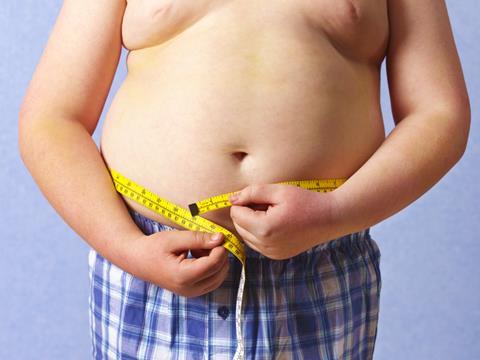
The government’s long-awaited childhood obesity plan finally saw the light of day last week. As expected, it outlined proposals for a sugar levy on soft drinks. But it also caused controversy by only setting voluntary reformulation targets across nine other categories. Accused of being “watered down”, the document appears to pose as many questions as it answers. The Grocer tackles the grey areas.
1. Will the sugar levy ever see the light of day? In private, industry execs and the health lobby believe there was a cynical reason for putting the sugar levy at the centre of the plan: because the rest of it had been watered down so much.
But even this cornerstone may never come to fruition if the industry has anything to do with it. A coalition of groups including the FDF, BSDA and NFU rushed out their Face the Facts, Can the Tax campaign, which warns the tax could lead to a cut of 4,000 jobs and wipe £132m off economic output.
A source in the group admits it may prove tough to change the government’s mind. “But we think we have a very strong economic argument.”
The group could go down the route of a legal challenge, although Brexit has dented its argument that the levy goes against EU competition rules.
Alternatively, it could harness parliamentary support - many Conservative MPs are opposed to the principle of the tax, which they see as a ‘nanny state’ instrument that will hit the poorest the hardest.
Malcolm Clark, director of the Children’s Food Campaign, is “hugely worried” they could have a chance of persuading the government to ditch the tax. “It looks like the government has decided to prioritise the economy over health and there is no reason to think they won’t scrap it or reduce the rates of the bands proposed in the levy.”
But the BSDA is worried the opposite could be true, amid calls from NGOs to extend the levy to other products. “Make no mistake, the government is using this as a litmus test for other parts of the industry,” says Gavin Partington, director general of the BSDA.
2. Will smaller companies be hit? Not as much - but alleged favouritism towards smaller companies has emerged as a possible Achilles’ heel. The Grocer understands George Osborne’s assurance that small companies will be exempt has been seized on by industry lawyers, who began exploring action under EU competition laws. That is thought to have prompted the Treasury to tone down the wording in its sugar levy consultation last week, when it said it had not yet decided a cut-off point for the tax in terms of production volumes or imports.
The Treasury also says it is looking at whether it would provide relief on a set amount of liable products, rather than having such a cut-off point based on activity.
What’s next?
- A soft drink levy to come into force April 2018
- Voluntary reformulation across nine categories
- Clearer sugar labelling
- An updated ‘nutrient profile’ that reflects latest scientific evidence
- A voluntary healthy rating scheme for primary schools
3. Could the levy be extended to other categories? The health lobby wants to use the consultation to increase the scope of the tax. Whilst the Treasury says it intends to exclude milk drinks with more than 75% of milk and fruit juice drinks without added sugar, Clark says they are next on the Children’s Food Campaign hit list. Most of these contain similar levels of sugar than soft drinks per 100g - for example, a Mars milkshake contains 9.6g of sugar compared with the 10.6g in Coca-Cola.
4. How will new reformulation targets work? The government gave itself until March to finalise voluntary reformulation and portion reduction measures across nine categories: breakfast cereals, yoghurts, biscuits, cake, confectionery, morning goods, puddings, ice cream and sweet spreads. It claims these can achieve a 20% sugar reduction by 2020, and 5% in the first year. But experience suggests it is wildly optimistic for meaningful targets to be drawn up in just eight months - especially considering the huge question marks over how they would be set, policed and met.
The DH admits it has no idea yet what the targets, set to use a 2015 baseline based on Kantar nutritional data, will mean for companies that have recently reformulated their products. The Grocer understands large manufacturers and retailers have now been invited to talks with the DH to try to thrash out more detail. So far there is no mention of out-of-home players being involved, despite the government promising that it will create a level playing field across all sectors.
5. Is the prospect of mandatory targets dead? Senior industry sources and health campaigners claim the original version of the Childhood Obesity Plan contained mandatory rather than voluntary reformulation targets.
So why did these get dumped? A battle has been raging over this issue since November, when The Grocer revealed the BRC had thrown its weight fully behind mandatory targets. Anything less would make it impossible to achieve a level playing field, it argued. But the statement prompted a backlash. FDF director general Ian Wright threatened “legal action across Europe” if the government listened to the call, while influential advisers including Dr Susan Jebb, former chair of the Responsibility Deal, warned reformulation efforts would grind to a halt if ministers went down the regulatory road. The government has clearly sided with the latter for now. Although the government will consider “alternative levers” if the voluntary measures fail to make enough progress by 2020, mandatory targets now seem incredibly unlikely.
A contradictory message
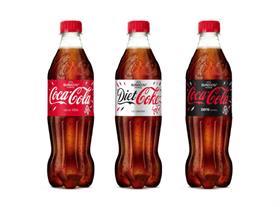
Taxed: Coca-Cola
Sugar: 10.6g
Energy: 42kcal
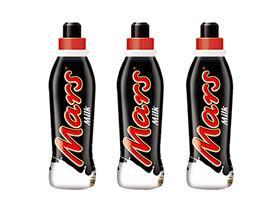
Not taxed: Mars
Sugar: 9.6g
Energy: 70kcal
Nutritional content per 100g
6. Is this strategy the end of the overall calories approach? The war on sugar has become so dominant in the health debate it’s become virtually the sole focus of the government’s strategy, or at least for the months to come. In 2017, the obesity plan says it will look to extend the programme of reformulation to include targets for total calorie reduction across a wider range of products. This work will allegedly include the findings of the ongoing SACN report into saturated fat. But if that report has anything like the ramifications of the SACN findings on sugar, then realistically we could be looking at several years before a wider set of targets is ready.
7. Will we see new sugar teaspoon labels on front of pack? Ministers look set to support Jamie Oliver’s call for ‘teaspoons of sugar’ labelling on front of pack. The government claimed Brexit would give the government more control over such labelling, which might have fallen foul of EU red tape.
The plan hints that this new labelling will be based on the new definition of free sugars adopted by SACN and PHE but no timescale has been set and retailers have already threatened to boycott the plan. The BRC says sugar spoon labels are “misleading” because they suggest added sugar, not total sugar.
8. Where does the plan leave the possibility of a clampdown on supermarket promotions? The plan ignored completely PHE’s number one priority set out in its sugar reduction strategy last year, which called for moves to tackle the in-store promotional imbalance towards so-called junk food. The Grocer revealed earlier this month that supermarket bosses had vowed to walk away from any voluntary agreement with ministers if this subject were broached. Several previous attempts under the Responsibility Deal to skew promotions towards healthier products suffered a similar fate and further calls appear doomed.
9. Will Scotland go it alone? The Scots have vowed to go further than the rest of the UK to tackle obesity. Just days before the UK plan came out, Food Standards Scotland (the first to publicly back a sugar tax) said it was considering a “wide-ranging package of measures” that would include fiscal action.
FSS said it would consider “regulated, legislative or fiscal measures” to tackle junk food, “particularly where previous or existing voluntary arrangements have been unsuccessful”. Yet the proposals leave huge questions unanswered as to how such a policy would work without approval from Westminster, with the Scottish government’s hands tied on areas such as taxation, labelling and advertising.









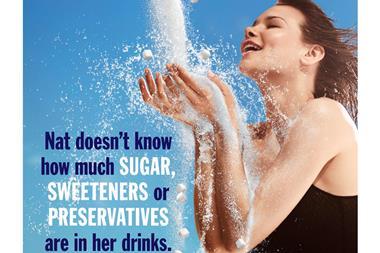
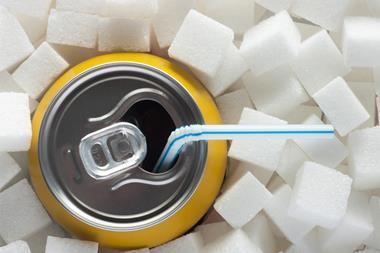

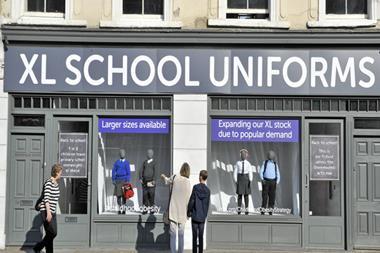






No comments yet